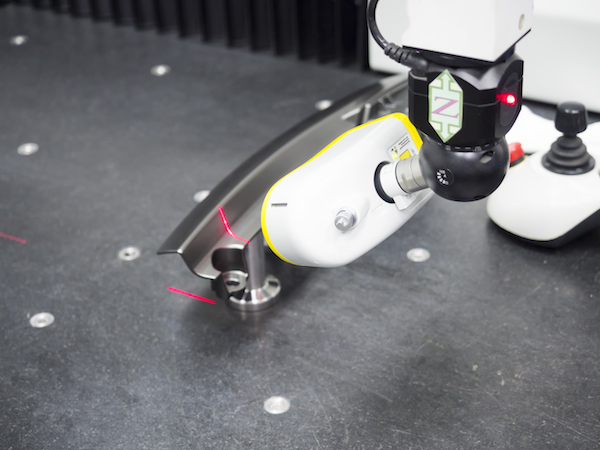From production to marketing, no industry is untouched by technology. Every industry, even the most niche ones, is reimagining its operations and creating exciting new opportunities with new iterations and innovations in technology. The manufacturing industry is no exception. Technology seems to have [finally] landed on the uncharted territory of manufacturing industries.
To better understand how technology is shaping the manufacturing industry, it is a good idea to start by looking at how the process of quality control is changing with time. When it comes to inspection of manufacturing or industrial applications today, hi-tech autonomous systems such as visual inspection systems are replacing human supervisors, and for good reasons.
Let us take a deeper look at these visual inspection systems.
What are visual inspection systems?
Vision inspection systems (sometimes referred to as machine vision systems) are machines that automate the inspection of different types of parts, making quality assessment efficient. The mechanization of the inspection process conquers all the limitations of manual inspection, leaving no room for human error.
Vision inspection systems provide image-based inspection for industrial applications. These systems are taught through examples by deep learning, which is a machine learning method based on artificial neural networks. Using these countless neural networks, they distinguish anomalies while at the same time tolerating natural variations.
Visual inspection systems are paramount in industries where visual inspection is a high priority activity and can have huge implications. In such industries, potential inspection errors can lead to loss of expensive equipment, injury, or even fatality.
Significance of quality lenses in visual inspection systems
All visual inspection systems rely on the production of high-quality images. Naturally, the lens used in these inspection machines plays a crucial role in determining the quality of the image produced. Note that the lens used in visual inspection systems impacts not only the quality of images but also the speed of the whole process, accuracy, and the reproducibility and reliability of the downstream analysis.
Parameters like sensor size and pixel size are of pivotal importance while choosing a lens. The lens’s optical resolution is another decisive factor in determining how detailed the data will be.
Widely used lens
Standard resolution lenses are most commonly used and are available in standard fixed focal lengths from 4.5mm to 75 mm.
For “close-up” focusing, macro lenses are used, which have smaller fields of view.
Wisely choosing your lenses is of utmost importance.
Thus, choosing an appropriate lens is a primary priority as the lens quality and features have tangible impacts on the images produced and, thereby, the quality of the end product. Keeping in mind the industrial application, choosing specialized and custom-made lenses will work in your favor, delivering satisfactory results.